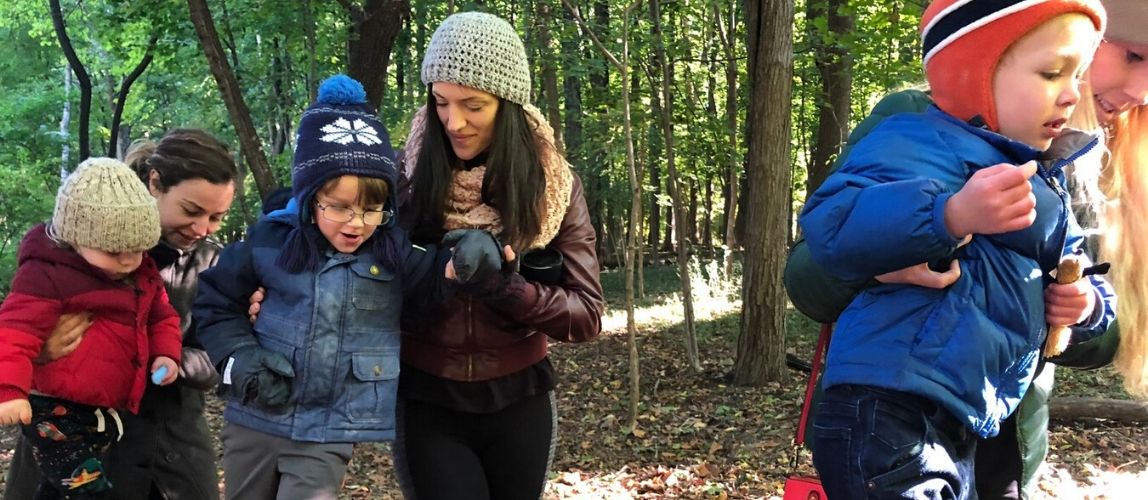Working memory is one of our executive functions and an important component of focus and self control. But what is working memory and why is it so important? Working memory allows the brain to temporarily hold new information at the ready, so that we can use that information in some way or connect it effectively to knowledge we already have. For example, if you are trying to solve a puzzle, working memory allows you to remember pieces you just saw or pieces you are looking for while you are actively solving the puzzle. You won’t remember this information even hours later, but your brain is able to keep that information handy while also allowing you to complete the task.

This capacity is essential for accomplishing many day to day tasks, learning new things and manipulating information. Working memory also allows us to organize and prepare information for storage in our long term memory—and effective storage of knowledge means effective retrieval and reuse later on. That’s why it’s no surprise that working memory is a predictor of academic success.
Without strong working memory, it is challenging for kids to use the information they gather as they learn. New information may come in, but a child may lose track of a learning task as a result and have a hard time applying that new information to complete the task. It can also be quite difficult to follow multi-step directions, something older learners are expected to do all the time. Finally, kids can experience the feeling that things they have learned no longer make sense to them, since they did not have strong working memory to help them organize and connect new information to what they already knew as that new information was learned.
What does working memory look like in young children?
Working memory is very much a work in progress for young children. This is never more clear to me as when I am trying to help a very independent three year old get dressed to go out on a winter day—I’d love to give the directions all at once, but I’ve learned it’s got to be one step at a time: Okay, let’s put on a sweater, then the coat, then the boots, etc.
And yet, if you listen closely, it is nothing shy of amazing to see the connections young children constantly make between new ideas or concepts and their prior experiences. So often called sponges, to me, kids seem more like little databases, always looking for ways to tag new experiences to prior learning.
How can we support working memory?
So, the good news is, kids are always working on working memory, and there are easy ways to support this! It is important to note that executive functions are complex and interrelated, and that attention, focus and working memory all impact one another. Still, we can support each one of the pieces, and here are 5 of our favorite ways to support working memory:
Pretend! When we pretend, we set up new and different rules of engagement. For example become animals, kids get to play adults, and we can act as if we are in a totally different time or place than our literal setting. For a young mind, keeping these new rules in mind as we play is actually exercising working memory—and kids do it naturally. Plus pretend play supports so many other outcomes, including social and emotional development, language development and cognitive flexibility.
Read progressive stories to kids: Find and read stories like The Old Woman Who Swallowed the Fly or And They All Go Traveling By, then read and reread them. The repetitive, rhythmic language alone is great for building literacy skills, but the fact that these stories are both repetitive and add new information at each step is super support for developing working memory.
Better yet, act out progressive tales! We love the story We're Going on a Bear Hunt, changing it a bit to Going on a Bear Hike and acting it out as we search for our dear friend, Bear (a beloved puppet this season at Tinkergarten). Sharing together in adding new pieces to this progressive story and using our bodies and imaginations as we do is a super engaging way to train the brain to take in new information while focusing on a learning task.
Play memory games! You may remember the old Memory card game from childhood, and there are lovely versions still around today. But, all you really need is a piece of cloth and a handful of objects. We also throw in a little pretending to make it fun and to activate cognitive flexibility while we’re at it. Here’s how:
-
Gather a cloth (e.g., bandana) and 3 to 4 different nature treasures (objects).
-
Place the objects on the ground, under the cloth.
-
Lift up the cloth, quietly count to ten, then place it back again. You can pretend with very young kids that the objects are going to sleep.
-
Ask your child to try to remember or describe as many of the objects as they can, before we wake them up again.
-
Lift up the cloth to see how many of our “sleeping” objects we remembered.
-
As kids get the hang of it, try to add additional objects.
Model making connections: Ask questions like, “What does this remind me of?” or “Have we been somewhere like this before?” as you go places and experience new things. When you do this, you welcome kids to consider the new information and try to recall past information at the same time. Even if children cannot yet answer when you model active connection-making you teach the habit of making connections (a powerful skill in and of itself), and you give kids’ working memory a great workout.
